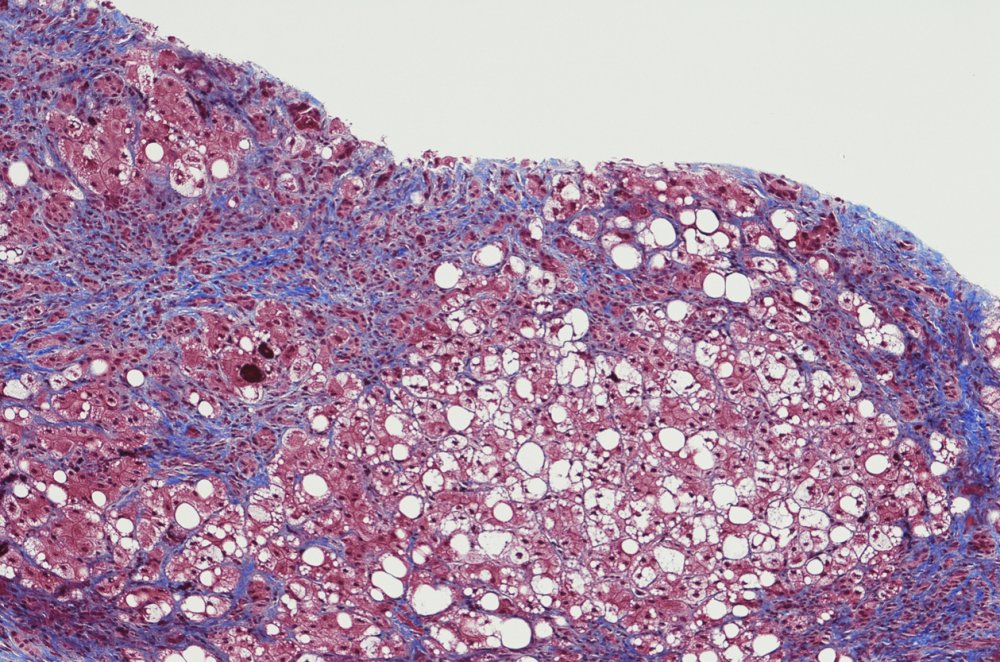The event takes place against the backdrop of a global increase in liver disease. In Europe, chronic liver disease has a significant impact on young and middle-aged people in their prime working years, with the highest age of death in the late 40s and early 50s. This contrasts with mortality from smoking and other obesity-related diseases, such as lung cancer or type 2 diabetes, where deaths tend to occur in the 60s and 70s.
Liver disease most common cause of death among 35 to 49-year-olds in UK
World Health Organization (WHO) data show that liver disease is the second leading cause of years of work lost in Europe, after ischemic heart disease. On average, working life accounts for two-thirds of all potential years of life lost due to liver disease. Liver disease is now the leading cause of death among 35- to 49-year-olds in the United Kingdom.
Scientists have not yet succeeded in finding a stand-alone cure for hepatitis D. Chronic hepatitis delta, which occurs in two to three percent of people with hepatitis B, is the most acute of the hepatitis family and extremely difficult to treat. Results from a Phase III trial of the drug Bulevirtide to treat this disease will be presented at the official press conference: Hepatitis, (Hybrid) to be held on Thursday, June 23.
At the same press conference, Maria Buti, Head of the Public Health Department at EASL, will also report on the current cases of acute hepatitis in children in Europe and beyond.
Liver disease on the rise
The well-documented and disproportionate impact of COVID-19 on people living with noncommunicable diseases such as diabetes, obesity, and hypertension also has researchers wondering about the susceptibility of people with non-alcoholic fatty liver disease (NAFLD) to the new coronavirus. Finding effective tools to measure this disease and new drugs to treat it is more urgent than ever.
As a result of increasing obesity, NAFLD is now the most common cause of liver disease in Western countries, affecting one in four people. In a proportion of people, NAFLD can cause progressive liver damage and in some cases even lead to the development of cirrhosis and liver cancer. In the UK, one in seven liver transplants is currently performed due to NAFLD. In the US, it is now the most common indication for liver transplantation. More generally, liver disease is now the most common cause of premature mortality in the UK.
NAFLD is already the fastest growing cause of hepatocellular carcinoma (HCC), the most common form of liver cancer in the US, France and the UK. Non-alcoholic steatohepatitis (NASH) is the second, more serious stage of NAFLD.
"NAFLD is already a public health crisis in Western countries, and we urgently need new therapeutics to reduce its burden," said Thomas Berg, EASL secretary general and head of the Department of Hepatology at Leipzig University Hospital in Germany. "If the disease remains untreated, the annual cost of NAFLD in Europe is estimated to be more than €35 billion in direct costs to the healthcare system and another €200 billion in costs to society.
COVID-19 pandemic reduced number of transplants and donor organs
Also, the COVID-19 pandemic has decreased the number of liver transplants and the number of donor organs. Results of a Phase III trial of a preventive therapy for patients that would allow safe liver transplantation for hepatitis C at risk are eagerly awaited.
The search for new treatments for NAFLD has gained momentum in recent years, and the results of several important drug trials will be presented at the 2nd official press conference: NAFLD,(hybrid) to be held on Friday, June 24. Results from a randomized controlled trial of a low-carbohydrate/high-fat diet and its impact on non-alcoholic fatty liver disease (NAFLD), the fastest growing disease in the world, will also be presented.
Hosted annually by the European Association for the Study of the Liver (EASL), the congress attracts scientific and medical experts from around the world to learn about the latest findings in liver research and share clinical experiences
